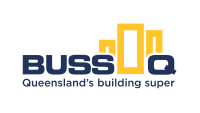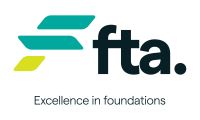Non-conforming products are a major concern for the building and construction industry. They’re products that don’t meet Australian Standards. They’re not fit-for-purpose, aren’t of acceptable quality, contain false or misleading claims or are counterfeit.
The non-compliant use of products, using a product in the wrong way or the wrong place, is also a problem.
For building professionals, the potential for liability is enormous and there’s a daily risk of working on building sites with them. There are also concerns for people’s safety and the value of their homes and buildings.
Defective electrical cable
Information on the recalled Infinity and Olsent power cables.
Flammable cladding
Concerns with the use of cladding on high rise buildings.
Product technical statements
The Australian Building Codes Board introduced Product Technical Statements as one option to establish ‘Evidence of Suitability’ under the National Construction Code (NCC).
In Queensland, a Product Technical Statement can also be used as the ‘required information’ for those with obligations in the ‘chain of responsibility’ under the Queensland Building and Construction Code (NCC) Act.
A Product Technical Statement is provided by the manufacturer or supplier and includes details on how a product complies with the NCC, the limitations of its use and instructions on the appropriate installation. It should reference test reports etc. that provide evidence of the claims and details of where further information can be sought.
Master Builders encourages the use of Product Technical Statements across all building products. It is a tool that can provide consistent, easy to understand information on the use of products in regulated building work.
We recommend that builders and contractors request them from suppliers before accepting or installing building products. We are also working with manufacturers and suppliers to encourage their use.
The Australian Building Codes Board includes an example template for Product Technical Statements in the Evidence of Suitability Handbook.
What Master Builders is doing
Contractors need to be able to select ‘fit for purpose’ products with ease and confidence. This means better controls are needed to remove non-conforming products at the point-of-sale.
We’re working with other industry stakeholders and government to make this happen.
One of the steps that we can all take now is to demand better product information. We're doing our bit to advance the use of Product Technical Statements.
Reforming the system
It is also important to change the ‘rules of the game’ and back in 2015 we were one of the first to take action, hosting a Queensland Roundtable of industry and government representatives.
Since then, we have been integral in setting up the Building Products Coalition to push for change. Together the Coalition is pushing for:
- Evidence of Suitability - Increased rigor and minimum consistent requirements in the NCC Evidence of Suitability.
- Information Obligations - Minimum product information from manufacturers and suppliers, supported by robust system of industry conformance schemes.
- Product Traceability and Identification - Standards for construction industry traceability and product labelling requirements in NCC reference standards.
- Surveillance Information Sharing - Greater oversight and coordination of the product assurance system from a national body.
- Compliance and Enforcement - Appropriate building product enforcement that is well communicated.





